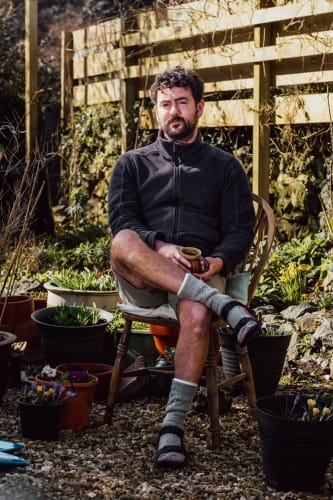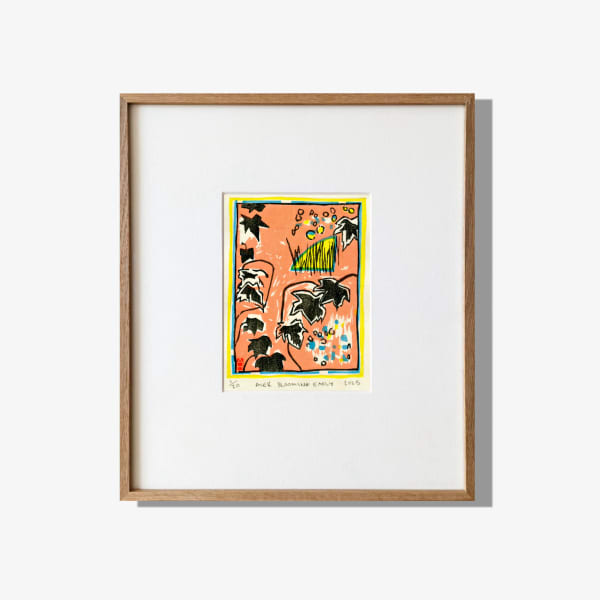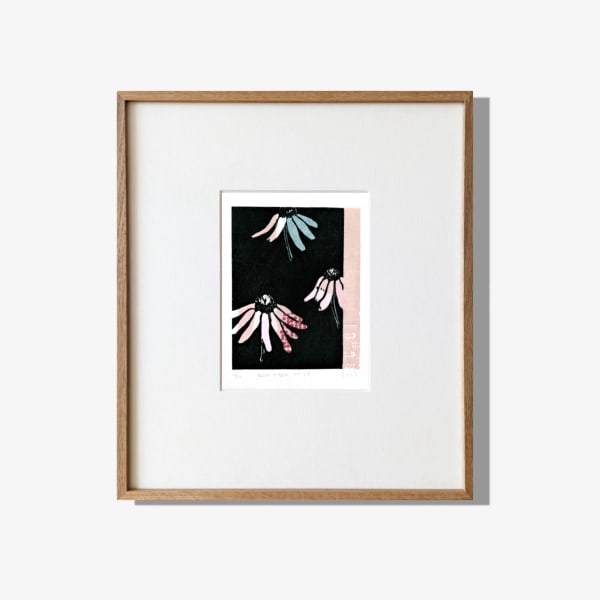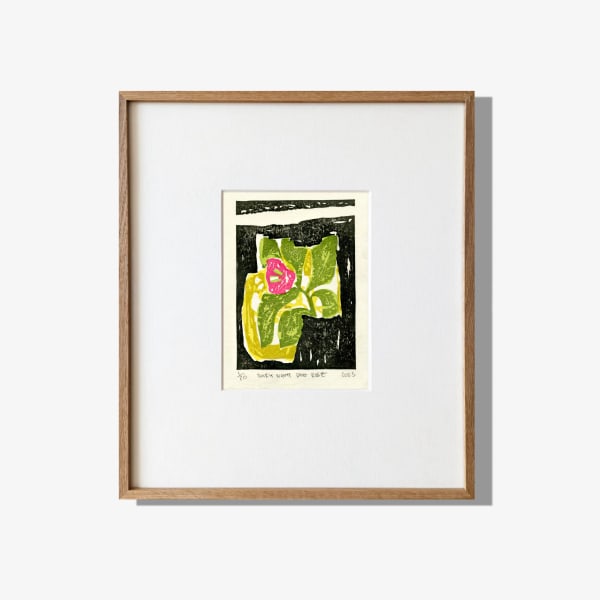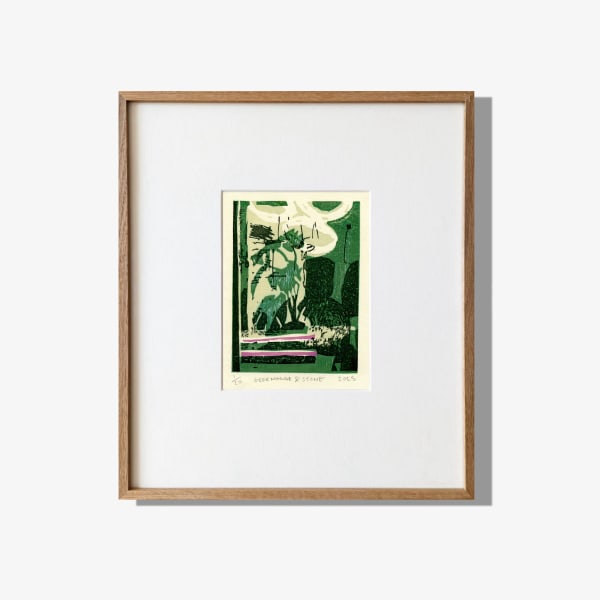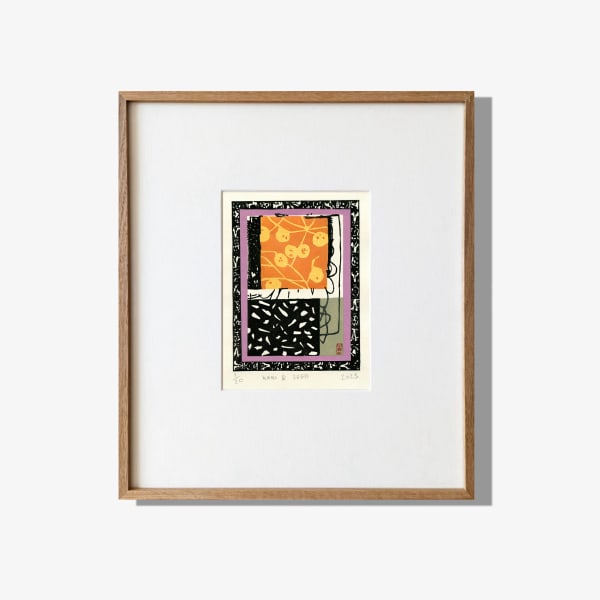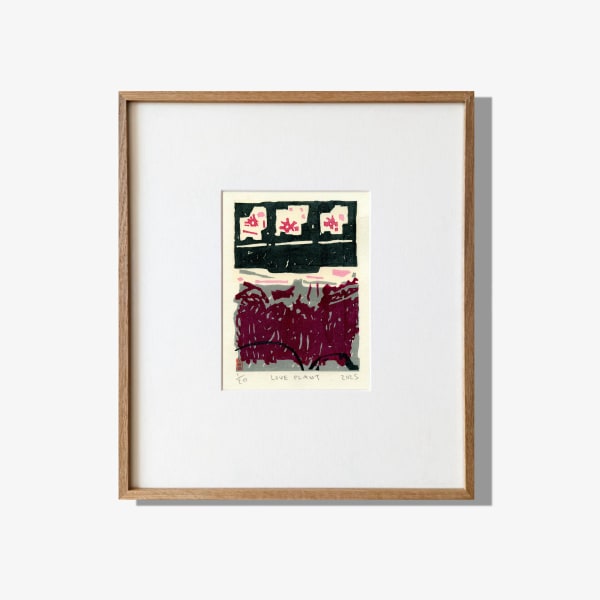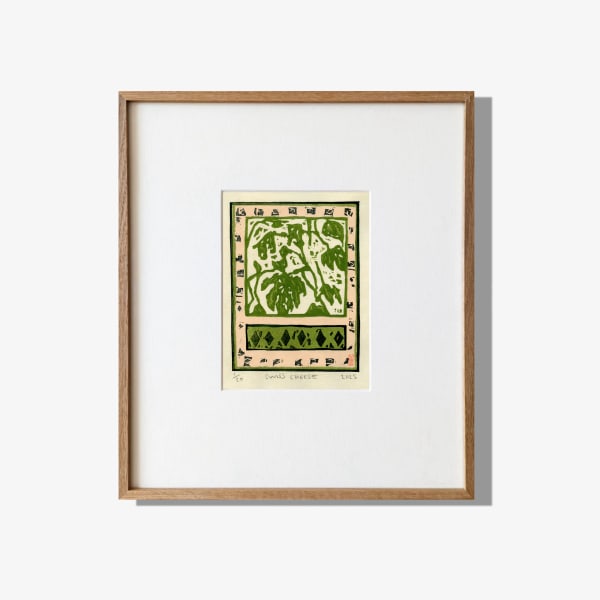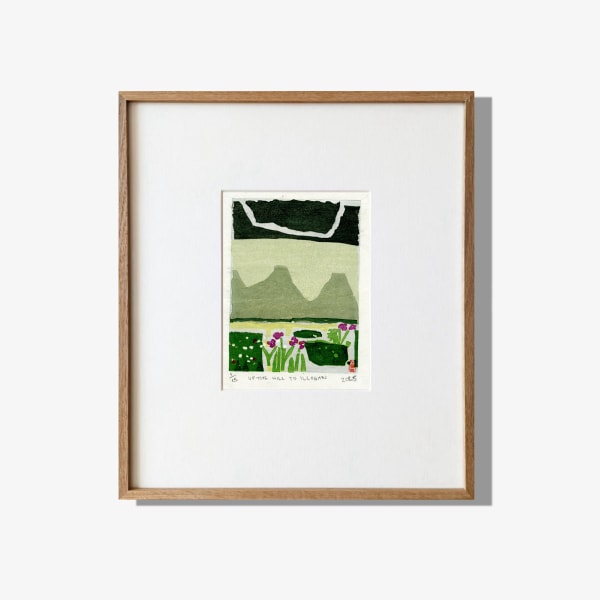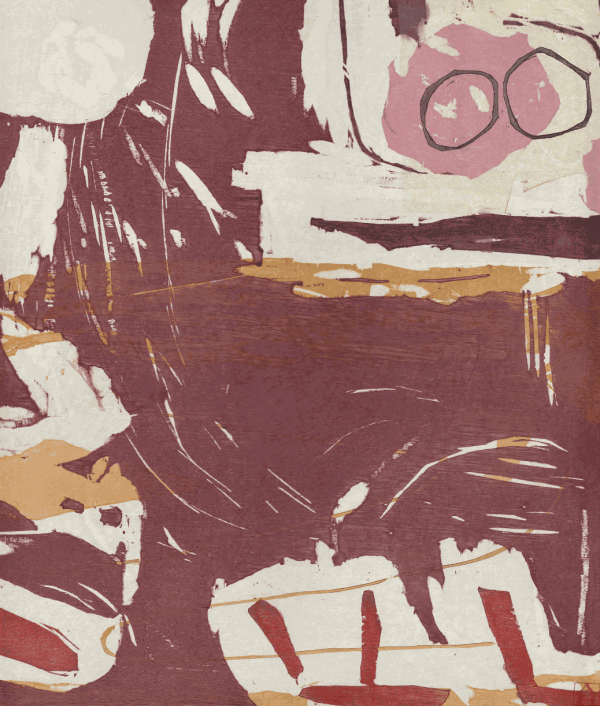-
Overview
Adrian Holmes is a printmaker whose practice is rooted in the tradition of Japanese woodblock printmaking and the Sōsaku Hanga movement. A graduate of the University of Plymouth with a degree in Visual Arts, Adrian first encountered Japanese printmaking while living in Japan, where he developed a deep connection to the craft and its rich history.
Both self-taught and mentored by Japanese woodblock artisans, Adrian has spent years exploring the technical and expressive possibilities of the process. His work reflects a dedication to the materials and methods of traditional mokuhanga, while embracing the creative independence central to Sōsaku Hanga.
Now based in Cornwall, Adrian divides his time between his woodblock practice and teaching. He shares his expertise in Japanese woodblock printmaking at both the St Ives School of Painting and West Dean College of Arts.
In his latest body of work, Greenhouse & Stone, Adrian Holmes brings together 20 woodblock prints, loosely inspired by his local ramblings — both indoors and outdoors — and his novice appreciation of plants and his evolving relationship with them. The work explores shifting perspectives and viewpoints, reflecting on how these remarkable things take root around us.
Following the Sōsaku Hanga tradition, the prints embrace looseness and abstraction, shaped by the expressive and spontaneous nature of mark-making and layering. Each piece is crafted using the traditional processes and techniques of Japanese woodblock printing, balancing the rich craft tradition with contemporary interpretation.
Sōsaku Hanga (創作版画), or 'creative printmaking', is a style of Japanese woodblock printmaking that emerged in the early 20th century, particularly in the 1910s. It was a departure from the traditional ukiyo-e (woodblock prints of the Edo period), in which different craftsmen specialised in different stages of the printmaking process (design, carving, and printing).
In contrast, Sōsaku Hanga emphasises the artist's direct involvement in every stage of the process — from designing and carving the woodblocks to printing the final image. This style allowed artists greater creative freedom and encouraged a more personal, expressive approach to printmaking. The prints often reflect modern themes, abstract elements, and innovative uses of texture and colour.
While ukiyo-e prints were generally produced in large editions for mass consumption, Sōsaku Hanga was more experimental and artistic, focusing on fewer prints that conveyed a deeper, more individualistic expression of the artist's vision. Artists associated with Sōsaku Hanga include notable figures like Kawase Hasui, Shoji Hamada, and Toshi Yoshida.
The movement had a significant influence on the development of modern printmaking, both in Japan and internationally.
-
Works 2025
-
Older Works
-
Installation shots
